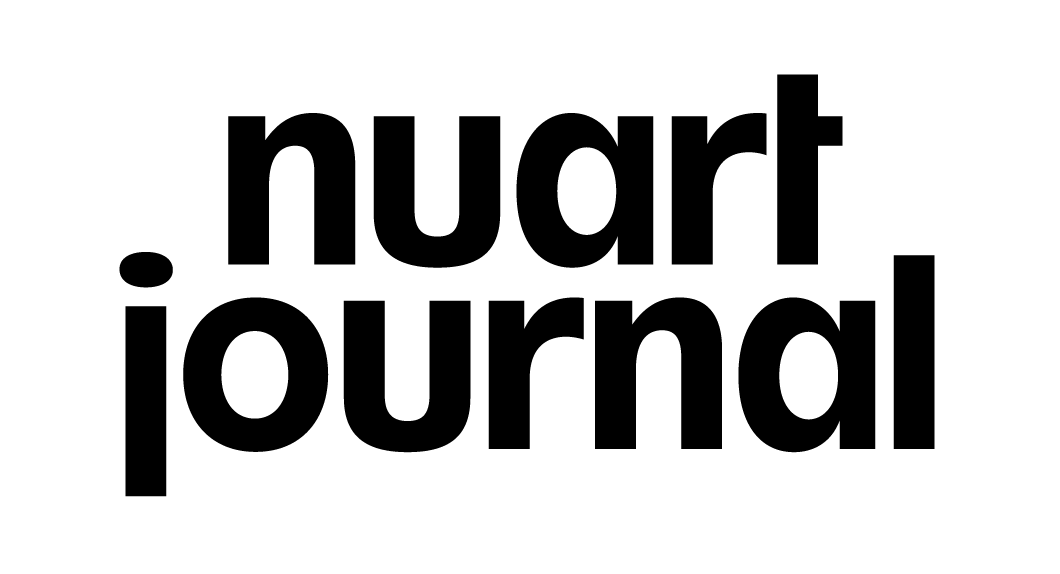Barcelona: The Legal Turn
Xavier Ballaz, social psychologist and educator, has been developing projects related to urban art for over a decade.Co-founder of Difusor, a Barcelona based cultural association, has developed artistic and educational projects to bring art to the public, primarily through workshops, conferences and the development of participatory art projects.From Difusor, he created, along with Edu Crespo, the first online platform to deliver authorisations to paint legally in authorised walls, openwalls.info, working in Barcelona since 2008. Director since 2011 of the Open Walls Conference, which will again be held in October in Barcelona. This activity has led him to participate in many urban art related forums related, both abroad – Cans Festival (London, 2008), Dialogues and Graffiti Graffiti Sessions (London, 2010 and 2014), Bien Urbain ( Besançon, 2015) or being part of the Expert Advisory Board Graffolution Project (EU) – as in Barcelona, where he has had a major influence on the paradigm shift urban art is experiencing nowadays.
Barcelona had a bipolar relationship with a phenomena that happens in the public space, regardless sometimes is written over private property, commonly known as graffiti.
For nearly a decade, which ended abruptly in 2005, Barcelona lived a so called ‘golden age’ of interventions, defined by its innovative style as well as the quality and quantity of work. The streets of Barcelona had yet a good tradition of independent street messaging (some left wing muralism and vandalism, Miró and, yes, also Gaudí has a lot to do with expressing on facades, too); For nearly a decade, which ended abruptly in 2005, Barcelona lived a so called ‘golden age’ of interventions, defined by its innovative style as well as the quality and quantity of work.
Since the early 80’s this visual power growing in Barcelona was embodied in graffiti, imported slowly from Central Europe, particularly through the powerful stencil scene: born circa 1985 in an Art School in La Massana. Work from this art school invaded the city – mainly Gracia and Chino barrios – with comic, advertising, punk and ska iconography. After an exhibition named Barcelona Graffiti, by local stencil crews Els Rinos, PN+A and Els Trepax, comissioned by the multifaceted Genís Cano, there began to be some artistic activity on the street, parallel to the early fanzine movement and other cultural events and publications – such as the Barcelona City Hall book Barcelona Murs, yet discontinued.
But it was not until the (late) 90’s that Barcelona had the appearance of a “painted” city. Other cities in Spain had graffiti, however work produced by the sea was much stronger: an intense and vibrant street life, the permissiveness of the authorities, the unique creativity of a mixture of artists that created what some called the barcelona style, some technical improvements – and cheap prices – in a spraypaint introduced in 1994 by a newborn local company, turned the city into a world mecca for graffiti and street art.
This flourishing environment, sometimes even sponsored by local institutions themselves (Keith Haring mural done in 1989 and moved later to MACBA, countless books, being Barcelona Murs, written by Genís Cano, just the first of it’s kind, and cultural events, including the odd – not artistically, but because of the context it was painted in – collective mural done at the 2004 Barcelona Forum of Cultures – and that ended up being a significant epilog of this golden age – was abruptly broken in late 2005 with the implementation of the Civic Ordinance.
Since 2006 the City Council dramatically fined many activities occurring in the public space: skatebaording, drinking alcohol outside licensed establishments… and graffiti. Within a couple of horrifying months in the summer of 2005 – only half a year before the bylaw was approved –, the whole city was painted grey. Or beige.
Although the ordinance reserves the right to paint legally with municipal permission, the truth is that no one in City Hall seemed to know how and when this permission could be given.
This tour de force initiated by Mayor Clos has implications that surpass the pure desire to eliminate anti-social behavior: systematic buffing of graffiti, banning of leaflet distribution, even the prohibition of painting a chalk hopscotch on a playground, means the council went far beyond deciding which city wants to show to the tourist (one of the main economic basis of Barcelona, that significantly changed from backpacker to cruise passengers): this new public space policy kidnaps a space that had been public to the date. With the new ordinance, the public space is privatized and becomes a territory governed by a de facto state of emergency: if you cannot paint, nor even distribute leaflets on your own, freedom of expression is under a massive threat.
It is under the full implementation of the Ordinance when initiatives begin to appear trying to organize something around street art. Festivals like Urban Funke or Hipnotik include graffiti in their line-up, but always framed in time and space, far from what happens in public space and far from anything really interesting. The challenge was to provide means for freedom of expression.
In 2007 there is the first organized response that points in this direction. Difusor 2007 Stencil Meeting brings to Barcelona – well, more precisely, they came on their own to a pretty much D.I.Y. event – one hundred international artists among which Pure Evil (UK) DOLK (No), M-City (Pl) or local Btoy, and begins the claim of a consensus proposal to intervene in some “authorised” areas. From the work of that festival was raised the Galeria Oberta (Open Gallery), a pioneer project in the management of public spaces for autonomous graphic interventions that, after a change of location, was named Openwalls. Then, followed other initiatives that gradually were opening up debate on the lace between urban art and the city.
Currently, it seems that the Council is in a crossroads: the ban costs them up to €4M per year only in wall repainting, isn’t reporting any remarkable benefit (opposite to that, Barcelona ceased to be a mecca for nothing – except for British bachelor parties – a long ago), and the alternatives developed by some independent organisations work fine. After the last municipal election, it looks like a breathe of fresh air entered the Council and there are some signs of openness (which to be honest, already started slightly before).
Nevertheless, despite this openness can bring a bunch of new oportunities, is still highly regulated under different forms, both explicit or implicit. What happens when informal creativity is allowed only under strict constrictions? Which are these new forms of censorship? In our 10 year experience in producing artwork in the public space, we’ve witnessed – and sometimes been part of – this lack of liberty for the artists, sometimes explicit, sometimes not, sometimes responded, but sometimes accepted. When organizing an open call to paint a wall, the decision of having or not a jury; when comissioning a wall, working with the neighbours or just showing – or not – a sketch to the authorities; inviting an artist or another to perform in a street art festival, thinking on what kind of challenge – for himself, for the city, for the society – can someone that has only painted after legal walls were settled have… all these are relevant issues to understand the challenges contemporary cities are facing.
info@difusor.org
difusor.org
openwallsconference2014.org
conference.openwalls.info

